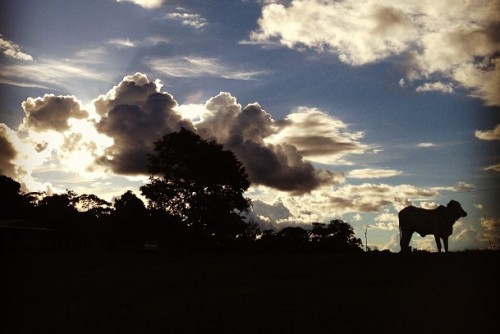Bzdelik a souligné que quand il a remplacé Ricardo Patton il ya trois ans,doudoune moncler sans manche, le programme CU eu un faible APR,doudoune moncler sans manche, un collectif 2.0 gradepoint moyenne et «aucun esprit compétitif. Il n’est pas question des buffs ont fait des progrès dans la salle de classe,doudoune moncler sans manche, sur le terrain et à la modernisation des installations au cours des trois dernières years.CU a été la saison dernière 1516 et si Cory Higgins, Alec Burks, Shannon Sharpe et le reste du noyau renvoie la campagne 201011 a été annoncé comme NCAA Tournament ou le buste avant le départ soudain de Bzdelik. «Le travail du Colorado avait très peu de tradition, à tous les pauvres et les installations, a déclaré Bzdelik.
Je pense qu’ils ont été un grand plus. Nous le saurons un peu plus [Dimanche] lorsque [les épaulettes] s’allume. </ P >. <p> «Lorsque le nombre des blessures se produisent, c’est quand les enfants sont ralentissement et l’arrêt, a déclaré Polzin. «Un enfant va sur la glace et il sait qu’il va se faire frapper si ce qu’il fait, il tourne son corps dans les conseils d’administration. Il est automatiquement effrayé,doudoune moncler sans manche, tourne dans les conseils d’administration et maintenant c’est un coup par derrière.
<p> Cowboys porte-parole a confirmé que Rich Dalrymple Avezzano est mort en Italie. Il avait déménagé à Milan au début de cette année à l’entraîneur d’une équipe de la Ligue italienne de football,doudoune moncler sans manche, le Seamen Milan. Cette équipe a déclaré sur son site web que Avezzano est décédé d’une crise cardiaque.
Pendant son séjour à l’Ouest Ga. Dans la santé et l’éducation physique et depuis est devenu interdépendantes spécial certifié de l’enseignement. Département au JHS. <p> Le programme de basket-ball Pacers Enid va commencer une nouvelle ère cette saison. Non seulement les fans seront EHS voir plusieurs nouveaux visages après les Pacers diplômé six aînés,doudoune moncler sans manche, mais la campagne 200809 commence le régime Layne Jones. Jones, un assistant pour les Plainsmen des deux dernières saisons, prend la relève comme entraîneur-chef des Pacers.
Quel est le plus important pour vous,doudoune moncler sans manche, écologiquement parlant? S’assurer que les entreprises,doudoune moncler sans manche, les gouvernements et la société reconnaissent rapidement la nécessité de créer un nouveau modèle économique qui cesse de dépendre toujours croissante croissance. Il ya un dicton attribué à Confucius il ya environ 2500 années qui dit: Seul un homme qui connaît le sens du mot assez» ne peut jamais être riche. S’affranchir de ce que signifie «assez» pour TYF a été une étape d’une importance cruciale et éducatif..
Le problème est que trop de gens deviennent des animaux qu’ils ont seulement un intérêt passager po Personnellement, je ne me suis jamais décrire comme un amoureux des animaux. J’ai un chien beaucoup adorée qui dirige le ménage et nous fournit ce beaucoup de divertissement et de plaisir,doudoune moncler sans manche, mais je ne suis pas folle sur tous les animaux. Le fait est que je connais mes limites.Articles Connexes:












